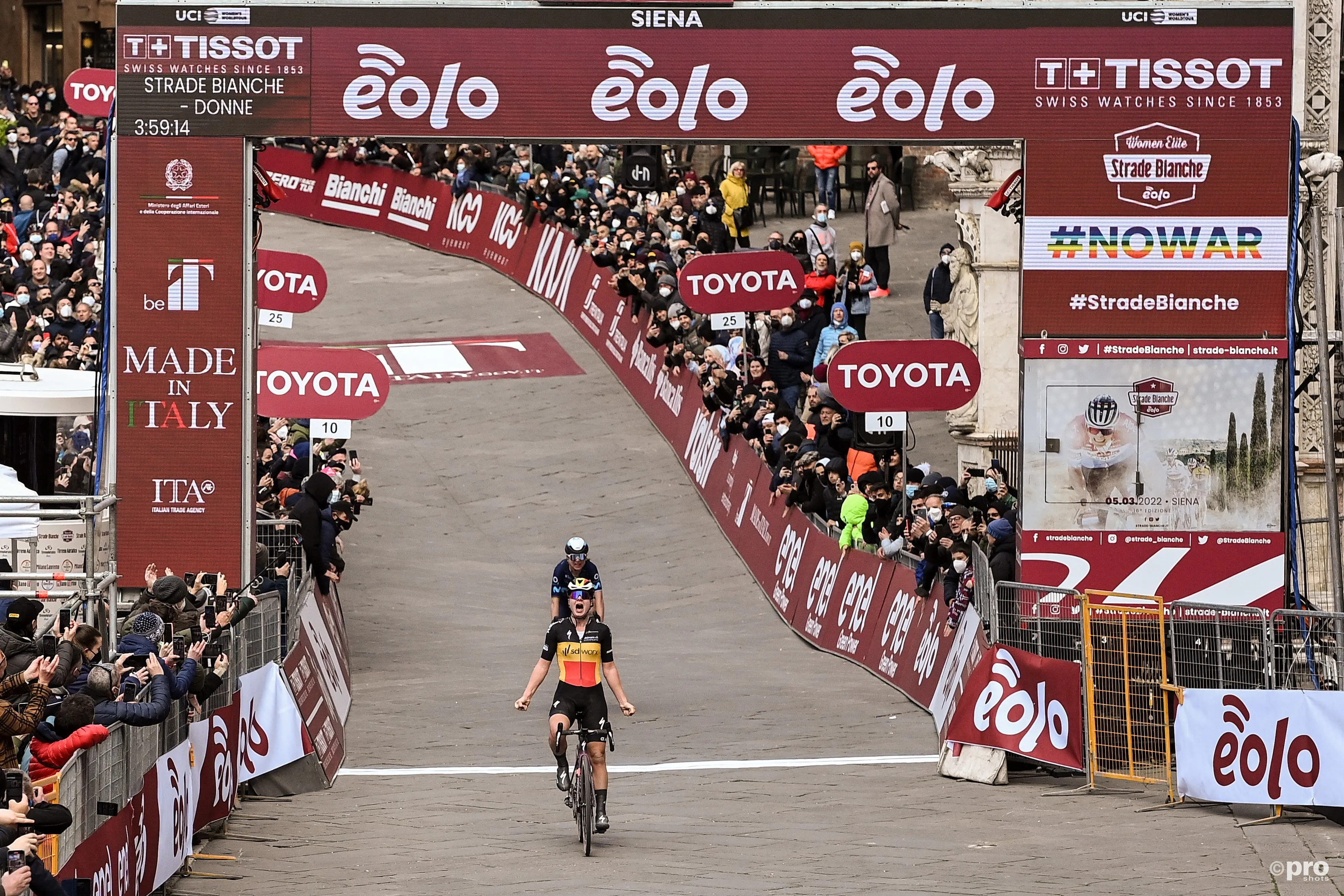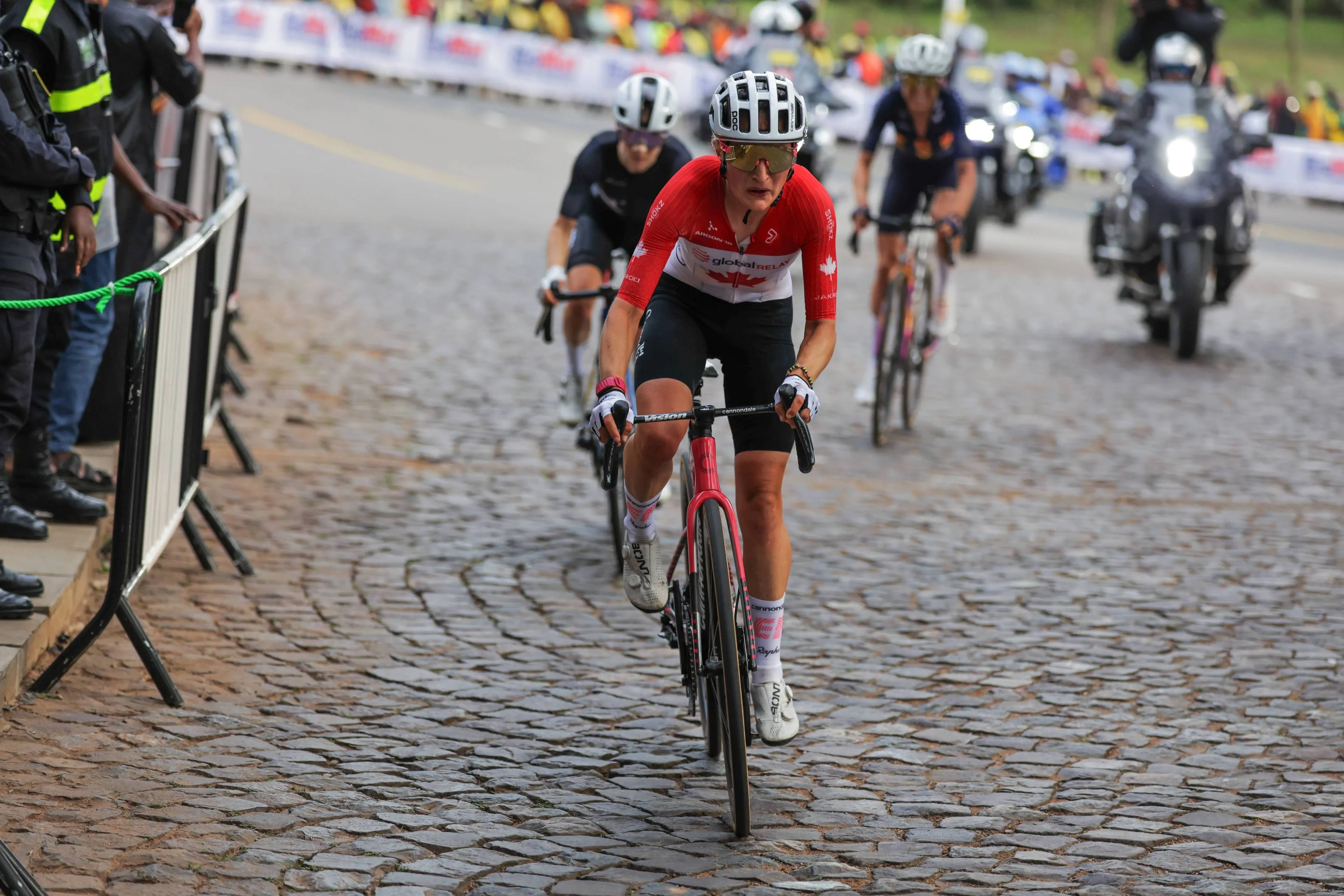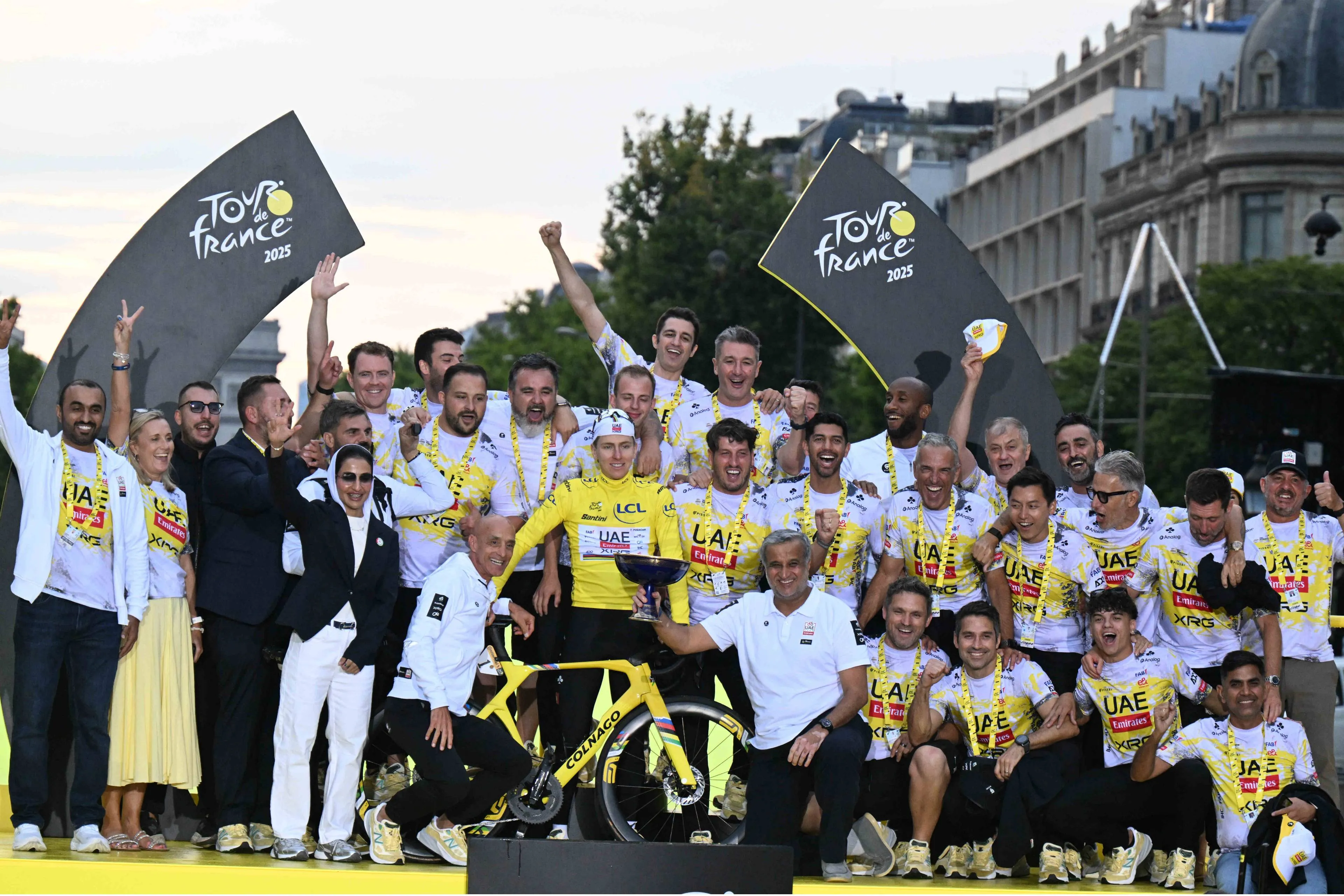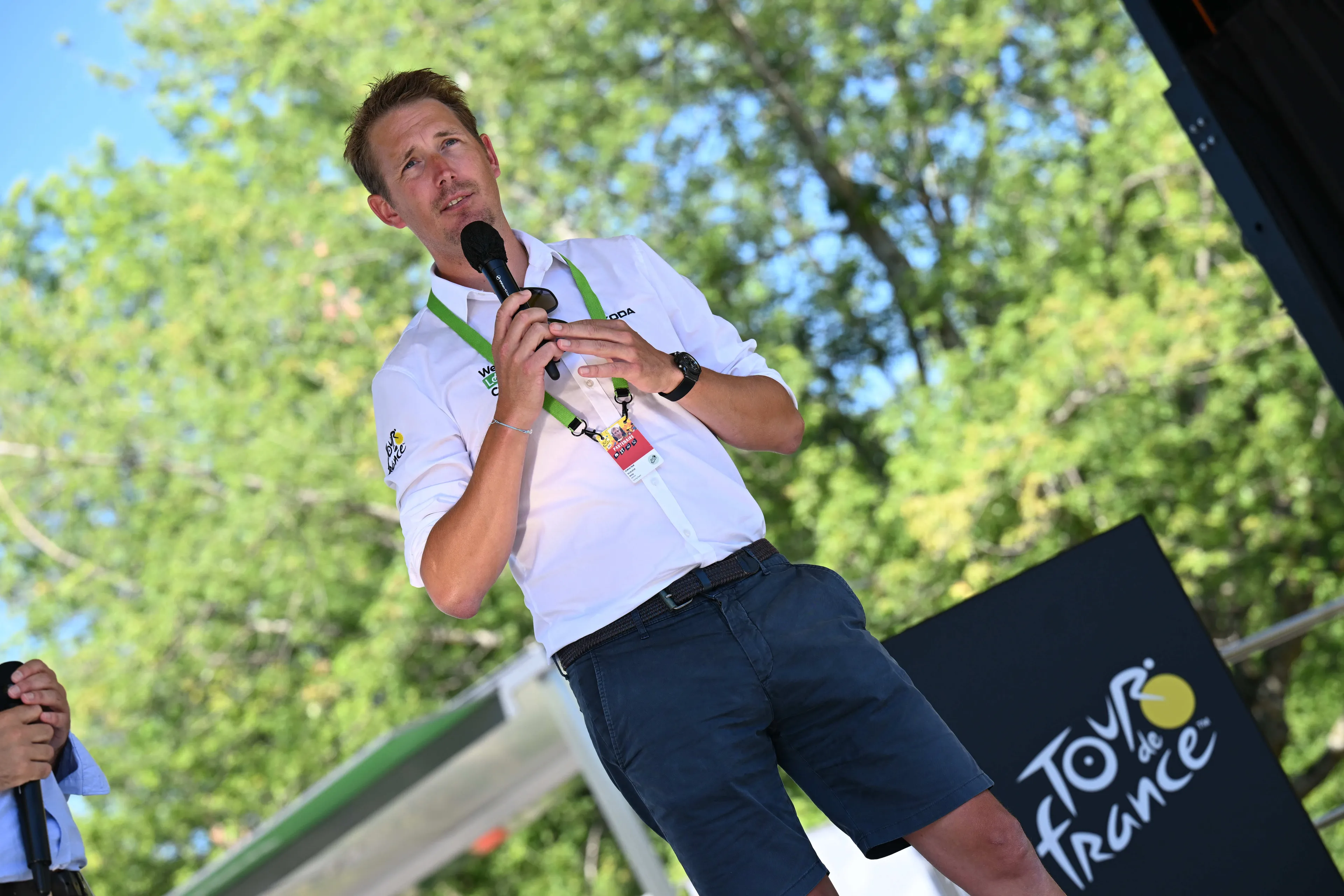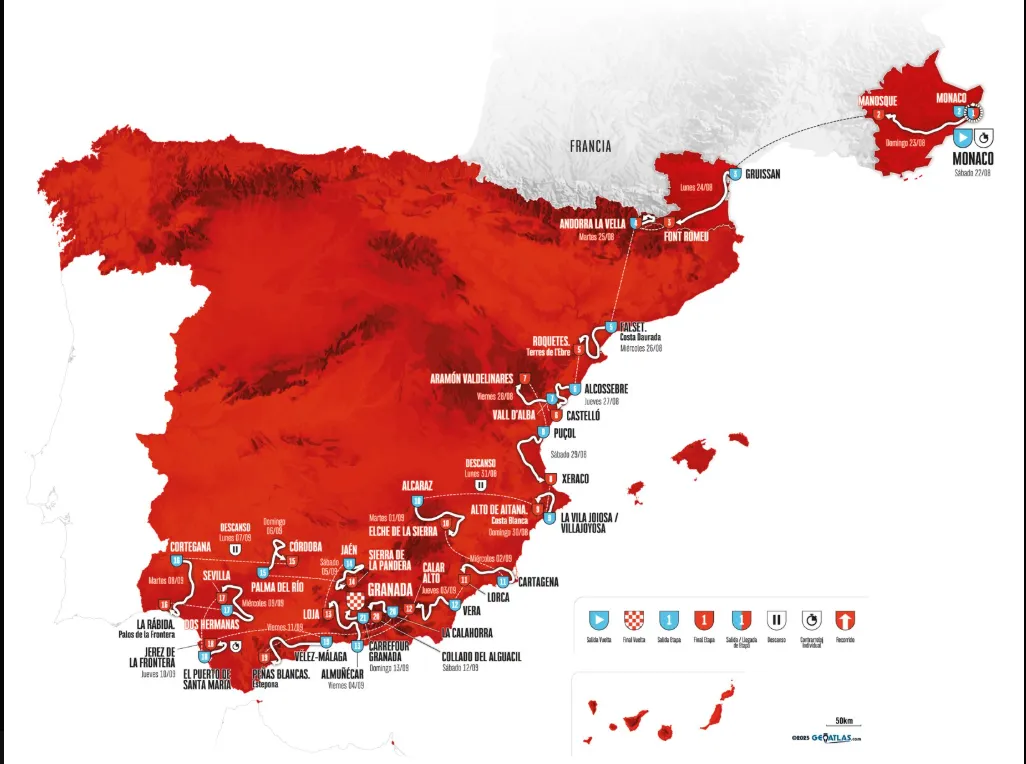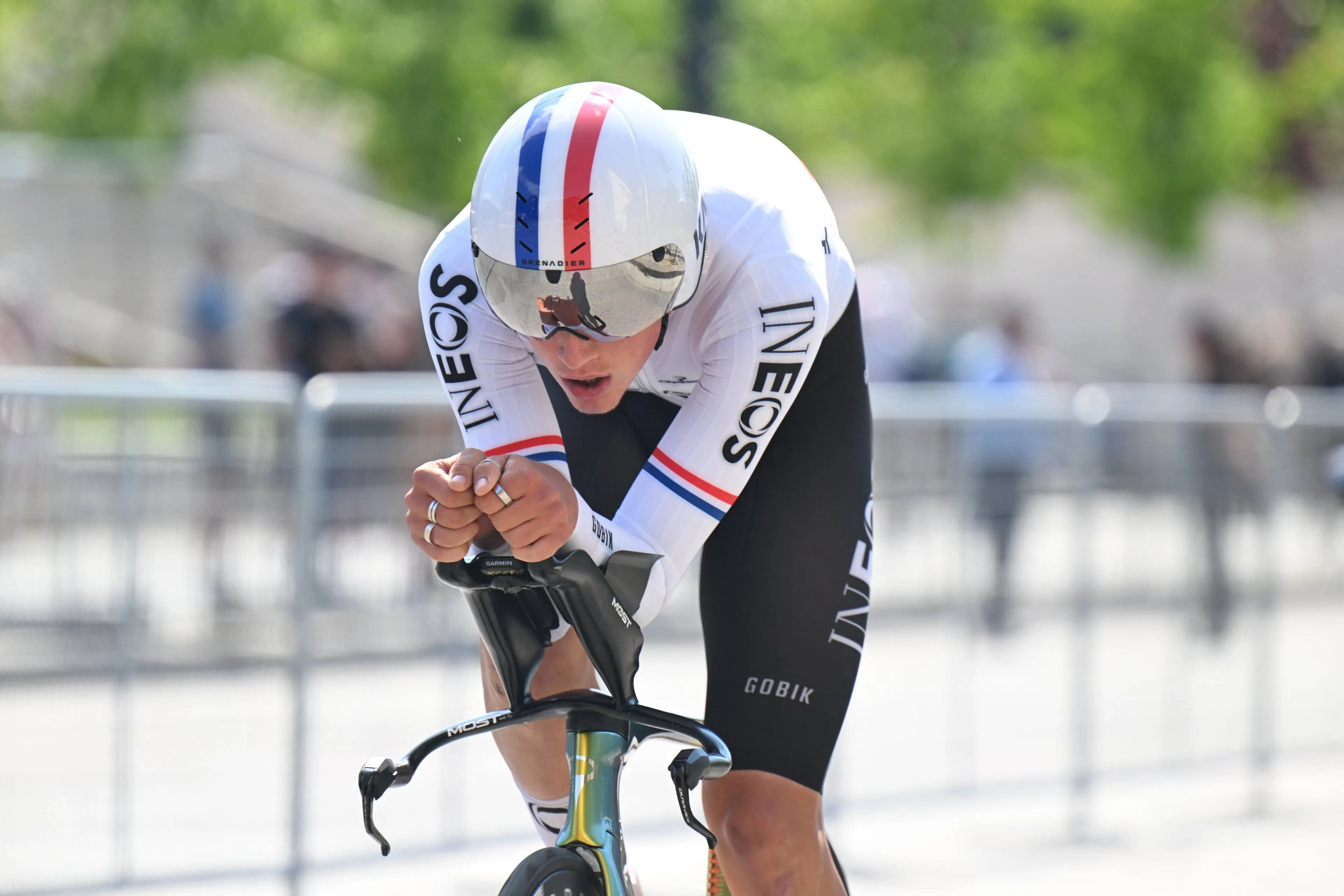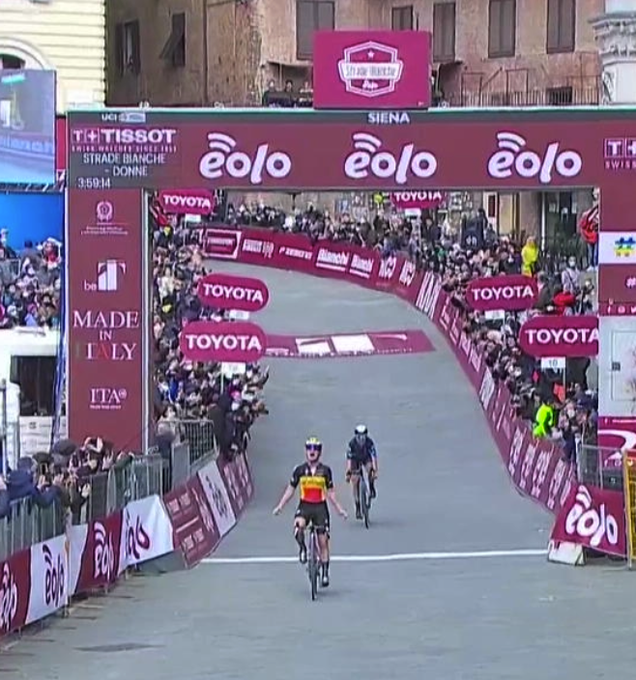Annemiek van Vleuten stresses need to expand women's World Tour teams
CyclingSunday, 06 March 2022 at 11:30
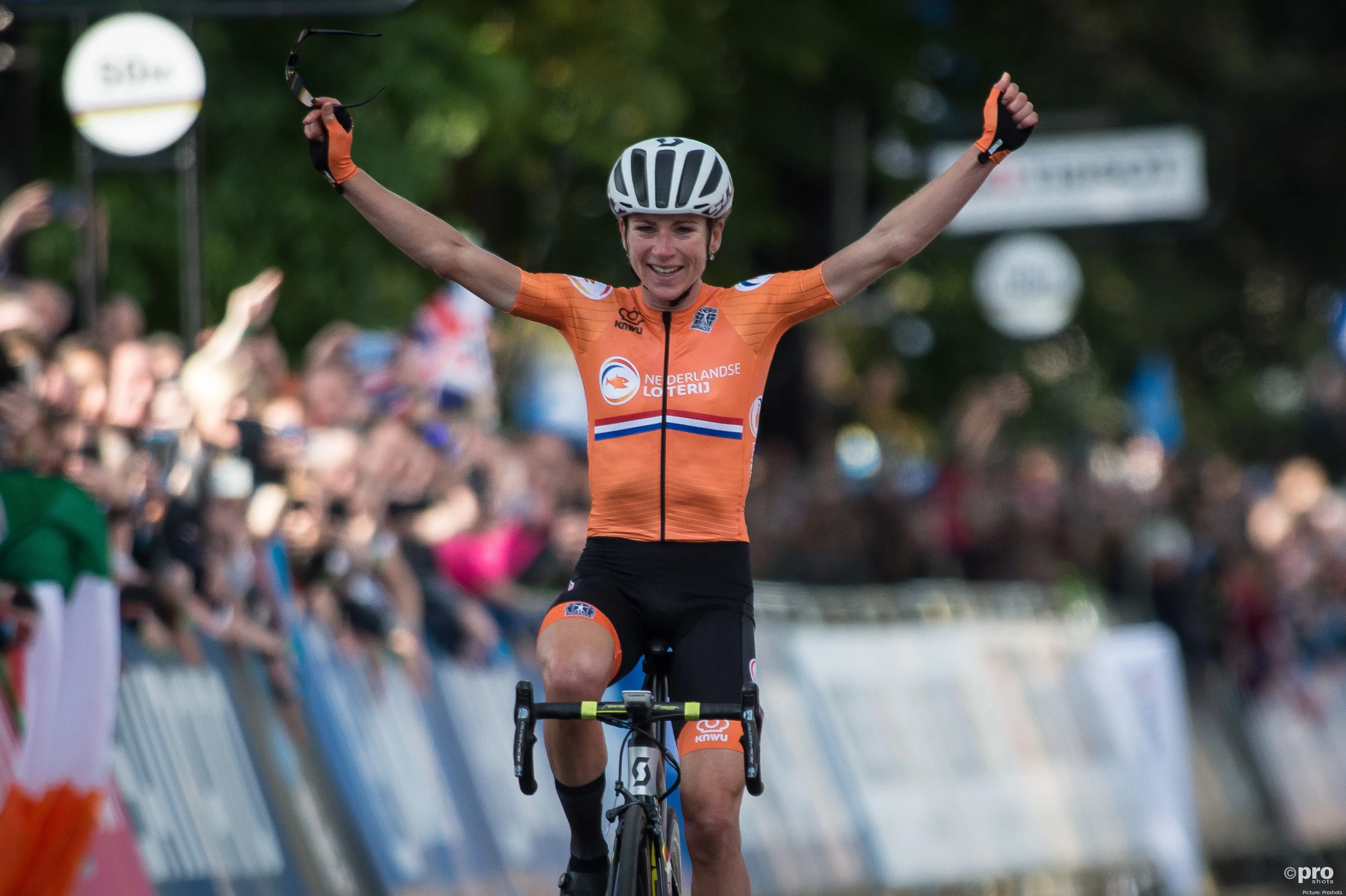
Before going on to finish second at Strade Bianche, Annemiek van Vleuten has had an interview where she talked about the challenges currently ongoing in the peloton due to the increase of the calendar throughout the year and how women's teams are struggling to keep up with it.
"If I look at how many teams have between 12 to 14 riders, when you have the Giro d'Italia Donne and Tour de France Femmes coming so close to each other only 10 days apart in July, a lot of riders are not ready to race both of them," van Vleuten said in an interview with Cyclingnews. She continued: "You cannot have any injuries or illness… it's tight. I think after this year, the teams will conclude that they need more riders, bigger rosters. Teams cannot have any injuries, there are always injuries, and when you get to July and August, teams are not at full strength and so we need more riders,"
Read also
"If we analyze the last five years since we joined the women's peloton, there has been, every year, a huge increase in the number of race days, not only WorldTour but also Pro Series, .1 and .2 races, so that calendar is growing a lot," she adds, on a change that is ultimately beneficial to women's cycling, however a rapid growth for the rate of team growing that is currently ongoing.
"Right now, the average on the WorldTour is around 13 or 14 riders, if I'm not wrong but if the calendar keeps growing the way it has been growing in the last few years, 14 riders is not going to be enough in the next few years." For comparison, the men's World Tour team with the last riders is Lotto Soudal with 27. Despite having a larger calendar, the difference isn't that big, which is something Van Vleuten stresses.
"In my opinion, we will see teams growing in the number of riders because that's the only way to be able to compete in such a busy programme, like the one we have this year, for example."
"When they announced the WorldTour and the rules, and how much they had to pay the riders, a lot of teams were struggling at first saying it wasn't possible. Now, we are at the level where we need to pay [€27,500] minimum salary and we have 14 teams that can apparently all pay that, so in two or three years we've seen a huge progression," she added.
"I'm happy that at least there are 14 teams that are able to pay the minimum to their riders, which means the professionalism in women's cycling is taking a step forward, it's huge for the development of women's cycling because they can become full-time cyclists. It's awesome that there are 14 teams that can pay this, we are on the way up," van Vleuten concluded.
claps 0visitors 0
Just in
Popular news
Latest comments
- I dont know about winning but he has certainly shown that he can lose one.abstractengineer19-12-2025
- Unfair points system!!!. Its the same system under which Virenque won 7 polka dots. But then he cheats so how can he call it unfair.abstractengineer19-12-2025
- Yes being favorites, being 3 to 1 and not winning is worst, 2nd time in history, both times Belgiansabstractengineer19-12-2025
- Uijtdebroeks is just a malcontent. he has never won anything. he will do nothing with Movistar. I would let Remco go for 7 million too. he's great, but not worth it. pay 10 million for Ayuso? also nuts.mij19-12-2025
- interesting Mads got 2nd at Flanders, and he isn't even mentioned by Wout LOL. makes me laugh how he is so overlooked.mij19-12-2025
- I think a 3 v 1 finish with the 1 being a good rider, but not great, is close to humiliation.mij19-12-2025
- These whiners simply want to keep their hold in the highest echelons of the sport without having to perform well enough to please their sponsors and remain there. Cycling has been "unsustainable" ...for 130 years! If Vaughters wants to leave the sport, there will be hundreds of teams happy to ride the Tour and the biggest races in the world in his place. That's what happens when there's a ton of supply of teams and a limited amount of demand for teams at the highest level! -An Economistacem8219-12-2025
- If she was Dutch or Belgian she'd have already sorted a team out. Unfortunately, the CX teams are pretty insular to 'foreigners' and would rather give a spot to a local rider. And that is one reason why the sport is niche outside its heartland.wipperman9519-12-2025
- Dear Editor: It is no humiliation to make the final, even with two riders, and not get it perfect against another talented rider. Disappointment, sure.itsent18-12-2025
- I luv this guy ,so honest puts the hand up ..."my fault.".. I would be stoked to see him win his big monuments ... i think he would be a great team mate and friend.Davide18-12-2025
Loading
🎩👏 She's given it her absolute everything - chapeau, @AvVleuten! 🥈 Second place for Miek at #StradeBianche behind winner Lotte Kopecky (SDW) - an absolutely breathtaking finale up Via Santa Caterina. Huge spectacle. Congrats to both! #RodamosJuntos
Write a comment
